Neuroscience: Journey from Trepanation to Brain Surgery
- Health
- October 7, 2023
- No Comment
- 111
In “Trepanation To Brain Surgery: The Marvelous Journey Of “Neuroscience” you will embark on an awe-inspiring exploration through the advancement of neuroscience. From the ancient art of trepanation to the sophisticated “techniques of modern brain surgery”, this captivating article will take you on a remarkable journey of discovery. Get ready to dive deep into the fascinating world of neuroscience and uncover the incredible progress that has been made in understanding the complexities of the human brain.
Neuroscience and Trepanation Definition
Trepanation, moreover referred to as trephination, is a surgical treatment that involves drilling or casting off a part of the skull to gain get right of entry to to the brain. This ancient exercising, with roots that reach decrease again masses of years, has advanced through the years to emerge as one of the foundational strategies in current neuroscience and neurosurgery. Neuroscientists and neurosurgeons have studied the ancient importance of trepanation and its impact on our knowledge of the brain. Through this exploration, we advantage precious insights into the development of neuroscience as a discipline and the role of trepanation in shaping its records.
Historical Insights into Neuroscience and Trepanation
The origins of trepanation, a practice dating back to prehistoric times, have left traces in the archaeological records of ancient cultures. In early societies, trepanation was believed to hold answers within the realm of neuroscience for treating various ailments, from headaches and mental illnesses to spiritual possession. These ancient civilizations, with limited knowledge of neuroscience, utilized primitive tools like stone knives and hand drills to create openings in the skull, reflecting their historical understanding of the brain and its role in health and well-being.
The Purpose of Trepanation in Ancient Neuroscience
The primary purpose of trepanation in ancient times, in contrast to modern neurosurgery within the realm of neuroscience, differed significantly. While modern procedures aim to diagnose and treat specific neurological disorders, ancient trepanation had broader and spiritual goals. It was often performed as a religious or ritualistic act to release evil spirits or to provide an escape route for demons believed to be causing illnesses or mental afflictions.
Ancient Trepanation Techniques in the Context of Neuroscience
“The trepanation technique varied depending on the civilization and time period within the context of neuroscience. In ancient cultures such as the Incas, a flat stone or obsidian tool was used to create a hole in the skull. The procedure was typically performed without anesthesia or sterile conditions, making it incredibly risky for the patient. Despite the crude techniques and lack of medical knowledge, trepanation occasionally resulted in successful surgical outcomes, with some individuals surviving the procedure and living for several years afterward.”
Early Understanding of the Brain in Neuroscience History
Ancient Beliefs and Their Influence on Neuroscience
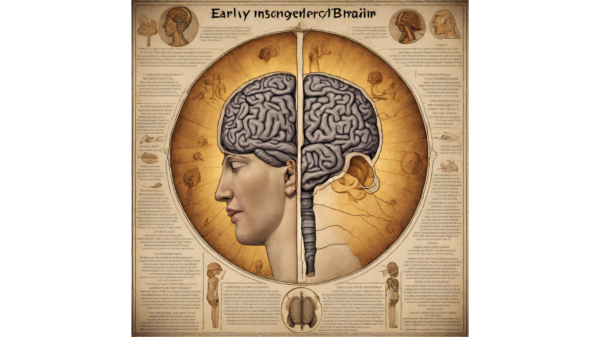
“The early understanding of neuroscience and the brain was heavily influenced by supernatural and spiritual beliefs. In ancient civilizations like Egypt, for instance, they believed that the heart, rather than the brain, served as the center of intelligence and consciousness. Notably, during the mummification process, the brain was often discarded, indicating its lesser significance in their understanding of the human body and early neuroscience.”
Greek Philosophers' Impact on Early Neuroscience
It changed into the historic Greeks who first identified the brain’s significance in cognitive characteristic within the context of neuroscience. Philosophers like Hippocrates and Aristotle proposed diverse theories about the brain’s function in perception, sensation, and cognition. However, their understanding of neuroanatomy become constrained, and it wasn’t until the Roman technology that greater precise studies at the brain, marking early advancements within the field of neuroscience, commenced to emerge.
Early Studies and Their Contribution to Neuroscience
The Renaissance length marked a large shift in the take a look at of neuroscience and the brain. Renowned anatomist Andreas Vesalius discredited many of the misconceptions about the brain, providing specific illustrations and outlines that laid the inspiration for destiny neuroscience studies. His work paved the way for scientists and physicians to further explore the intricacies of the mind’s shape and characteristic.
Advancements in Neuroanatomy and the Field of Neuroscience
Discovering Neurons: A Milestone in Neuroscience
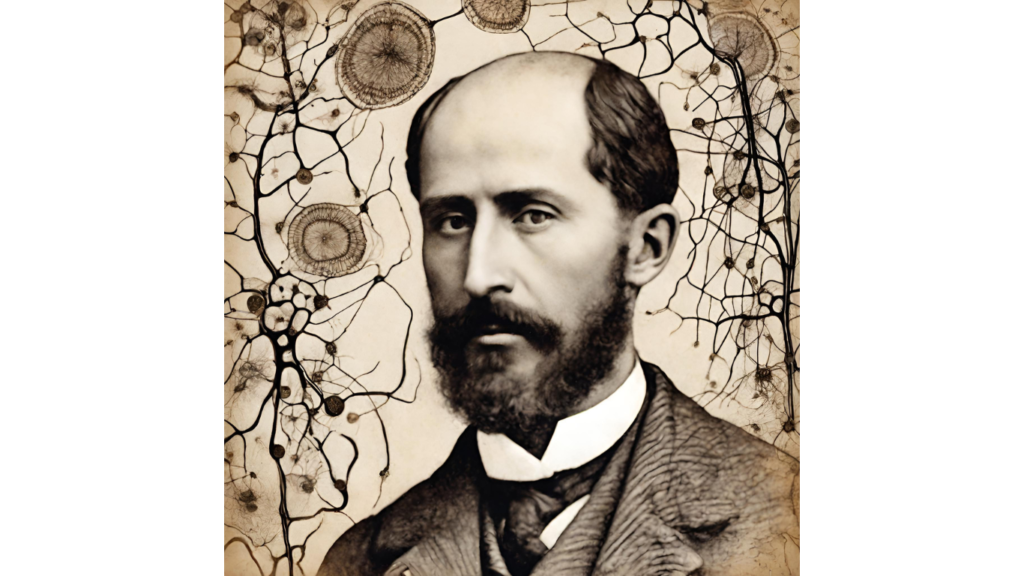
“The discovery of neurons in the 19th century revolutionized our understanding of how the brain functions within the field of neuroscience. Spanish scientist Santiago Ramón y Cajal pioneered the field of neurohistology, using staining techniques to visualize the intricate structure of neurons in neuroscience. His observations led to the formulation of the neuron doctrine, which proposed that the nervous system is made up of individual cells (neurons) that transmit signals to each other, marking a significant milestone in the development of neuroscience.”
Mapping the Brain's Intricate Structure in Neuroscience
Scientists inside the area of neuroscience have long been inquisitive about the concept of mapping the mind and know-how its numerous areas and features. In the past due nineteenth and early 20th centuries, researchers like Korbinian Brodmann made massive development in mapping distinct areas of the mind based totally on their cell structure. This paintings, rooted in neuroscience, laid the foundation for future studies on mind function and problems.
Development of Imaging Techniques
The development of imaging techniques, such as computerized tomography (CT) and magnetic resonance imaging (MRI), has revolutionized the field of neuroanatomy. These non-invasive imaging methods provide detailed structural images of the brain, allowing physicians to diagnose and monitor a wide range of neurological conditions, including tumors, strokes, and traumatic brain injuries.
Evolution of Neurosurgery Techniques in Neuroscience
The Advent of Anesthesia in Neurosurgery and Neuroscience
One of the maximum tremendous breakthroughs in neuroscience and neurosurgery became the appearance of anesthesia. Prior to the invention of anesthesia within the nineteenth century, neurosurgeries in the area of neuroscience were frequently accomplished with none form of pain relief, main to excessive mortality rates. With the introduction of anesthesia, neurosurgeons were capable of carry out complicated methods on the mind with out causing needless pain or distress to the affected person.
Microsurgery and Precision in the Field of Neuroscience
The development of microsurgery strategies inside the mid-20th century allowed neurosurgeons in the subject of neuroscience to operate with exceptional precision. Using excessive-powered microscopes and specialised gadgets, surgeons could delicately do away with tumors, repair blood vessels, and navigate the difficult systems of the brain with out inflicting significant harm. Microsurgery techniques in neuroscience have greatly decreased the threat of headaches and progressed affected person results.
Minimally Invasive Procedures in Neurosurgery and Neuroscience
In current years, there has been a shift closer to minimally invasive neurosurgery methods within the discipline of neuroscience. These strategies, grounded in neuroscience, contain smaller incisions and the usage of specialized instruments and imaging steerage to get admission to and treat precise regions of the brain. Minimally invasive neurosurgery offers several blessings, inclusive of shorter clinic remains, decreased ache, and quicker recuperation times for sufferers.
Treatment of Brain Tumors: Advances in Neuroscience
Surgical Removal Techniques in Neuroscience
Surgical removal of brain tumors stays the primary remedy alternative for lots patients within the discipline of neuroscience. Depending on the dimensions, location, and form of tumor, neurosurgeons within neuroscience might also choose open or minimally invasive neurosurgical processes to eliminate the tumor and surrounding tissue. The goal is to achieve complete tumor removal at the same time as maintaining as tons wholesome brain tissue as possible.
Exploring Radiation Therapy in Neuroscience
Radiation therapy is often used in conjunction with surgery to treat brain tumors. High-energy radiation is targeted at the tumor site to kill remaining cancer cells and prevent further growth. This treatment modality is particularly beneficial for tumors located in areas that are difficult to access surgically or that cannot be safely removed without causing significant neurologic deficits.
Chemotherapy's Role in Treating Brain Tumors in Neuroscience
Chemotherapy drugs can be used to treat certain types of brain tumors, either in combination with surgery and radiation therapy or as the primary treatment modality. These drugs are designed to target and kill rapidly dividing cancer cells. Advances in chemotherapy have led to improved outcomes for patients with brain tumors, but the potential side effects must be carefully managed to ensure the best quality of life for the patient.
Neurological Disorders and Therapies
Parkinson's Disease
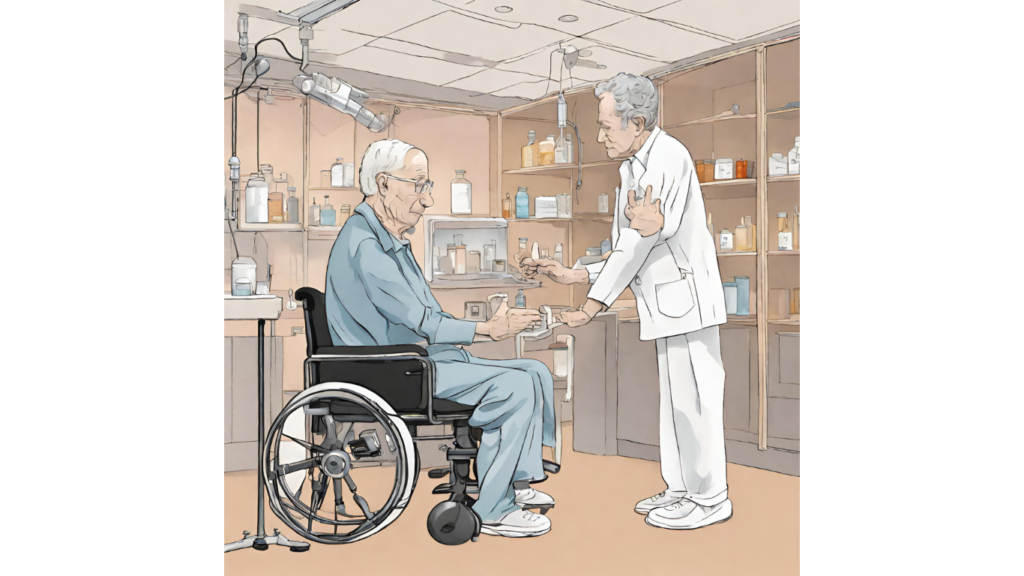
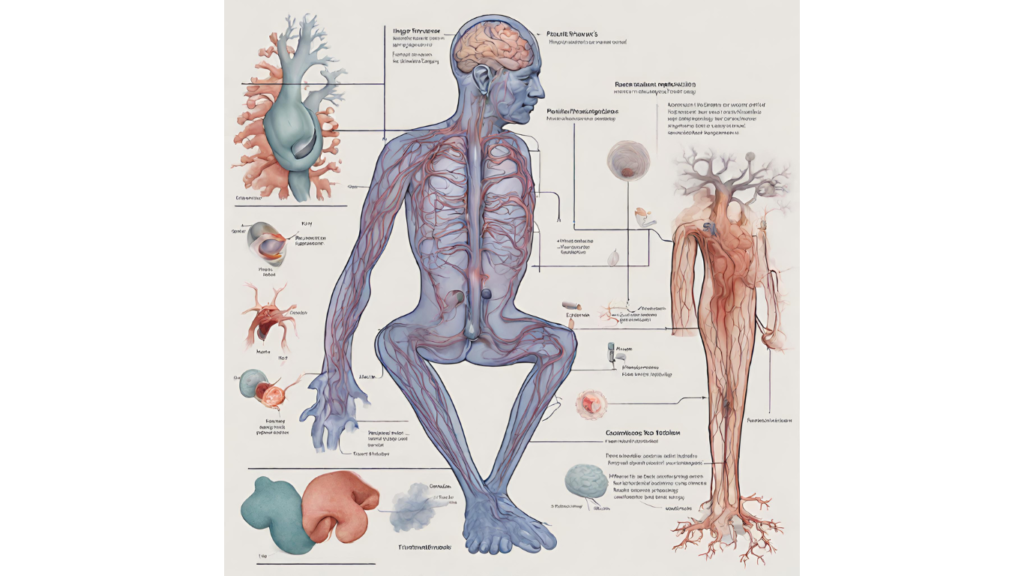
Parkinson’s sickness is a neurodegenerative sickness within the field of neuroscience that affects motion and coordination. While there is no remedy for Parkinson’s, several neurosurgical and treatment options are to be had to manipulate its signs and symptoms. These encompass medicinal drug to boom dopamine levels in the mind, deep mind stimulation, and bodily remedy to improve mobility and reduce muscle stiffness.
Alzheimer's Disease
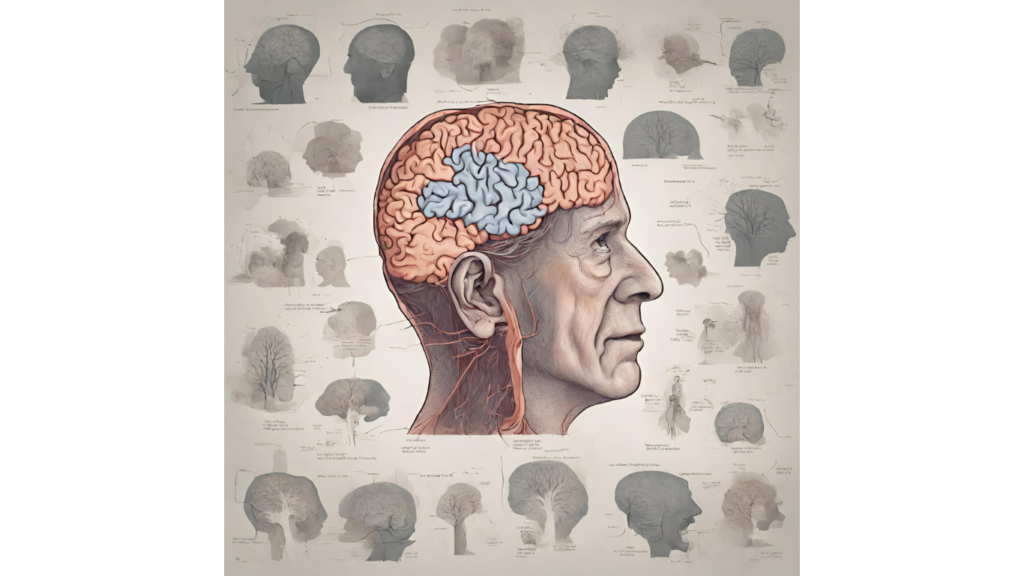
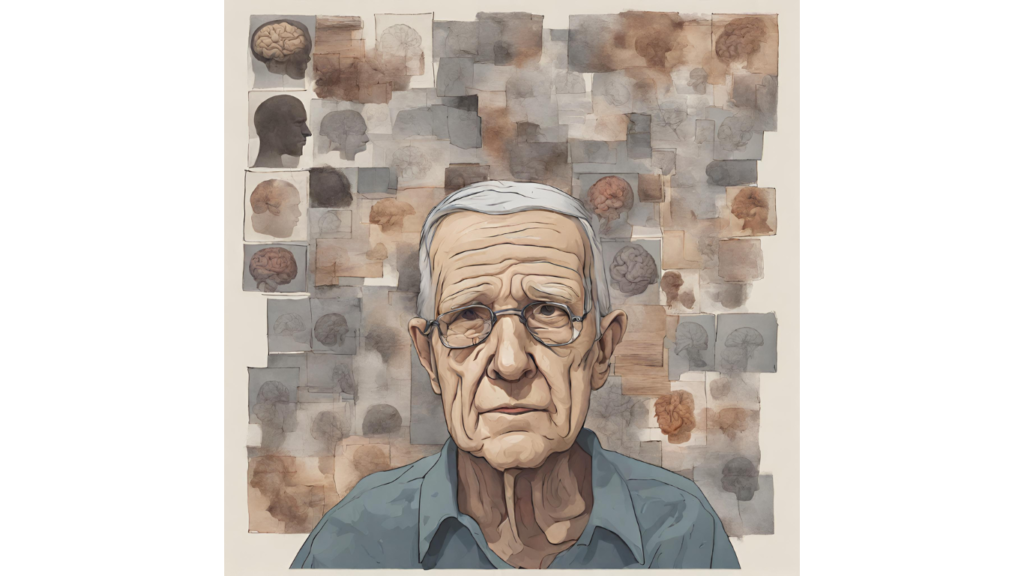
Alzheimer’s disease is a progressive neurological disorder characterized by memory loss, cognitive decline, and behavioral changes. While there is currently no cure for Alzheimer’s, various therapies aim to slow the progression of the disease and improve the quality of life for patients. These may include medications to manage symptoms, cognitive training to improve memory and cognitive function, and support services for the patient and their caregivers.
Epilepsy
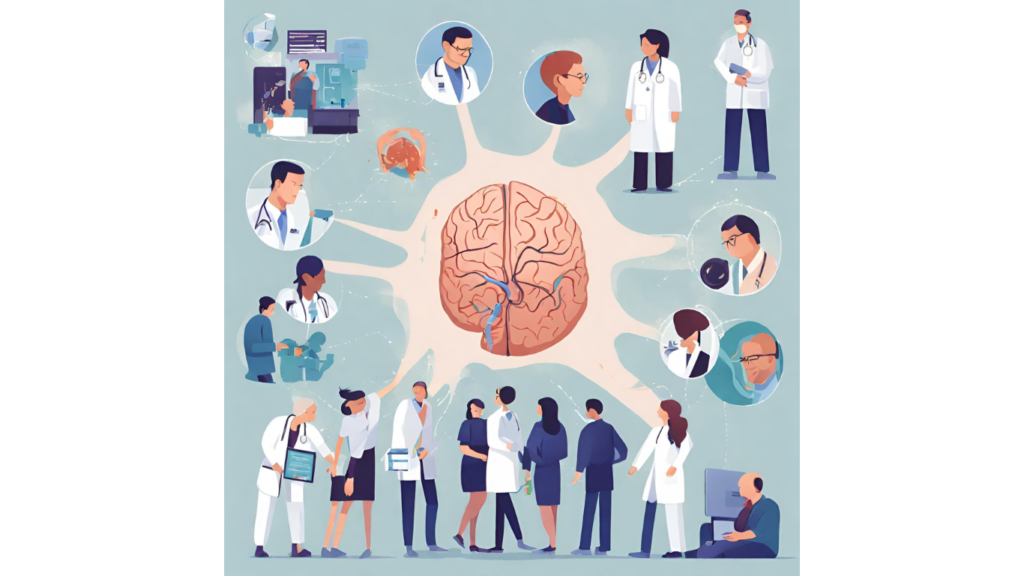
Epilepsy is a neurological disorder characterized by recurring seizures. While medications are often the first line of treatment for epilepsy, some individuals may require surgical intervention to remove the epileptic focus or implantation of devices to manage seizures. Other therapies, such as vagus nerve stimulation and ketogenic diet, may also be recommended in certain cases.
Neuromodulation

“Neuromodulation techniques, often performed through neurosurgery, involve the use of electrical or magnetic stimulation to modulate neural activity in specific regions of the brain. These therapies can be effective in managing various neurological conditions, including chronic pain, movement disorders, and psychiatric disorders. Neuromodulation techniques include deep brain stimulation, transcranial magnetic stimulation, and spinal cord stimulation.”
Brain-Machine Interfaces
Understanding Brain Signals
“Brain-machine interfaces (BMIs) within the field of neuroscience aim to establish direct communication between the brain and external devices, allowing individuals to control prosthetic limbs, computers, or other assistive technologies using their thoughts alone. Scientists have made significant progress in decoding and interpreting various brain signals, enabling the development of sophisticated BMIs.”
The Development of Neuroprosthetics
Neuroprosthetics, often implemented through neurosurgery, are devices that interface with the nervous system to restore or enhance lost sensory or motor functions. This can include cochlear implants for individuals with hearing loss or robotic prosthetic limbs for amputees. Neuroscience-driven neuroprosthetics have the potential to significantly improve the quality of life for individuals with disabilities, enabling them to regain independence and perform essential activities.
Brain-Computer Interface Technology
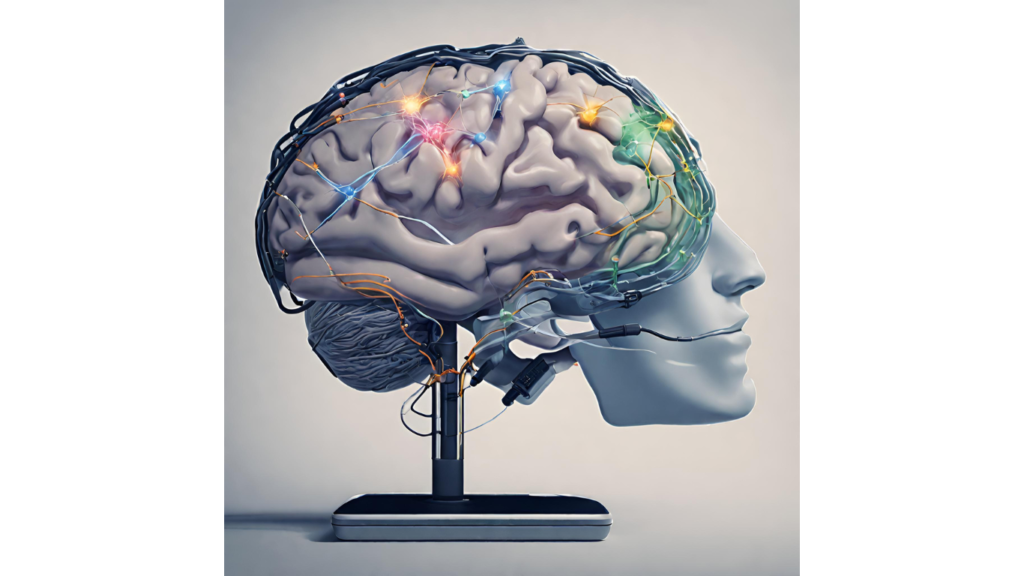
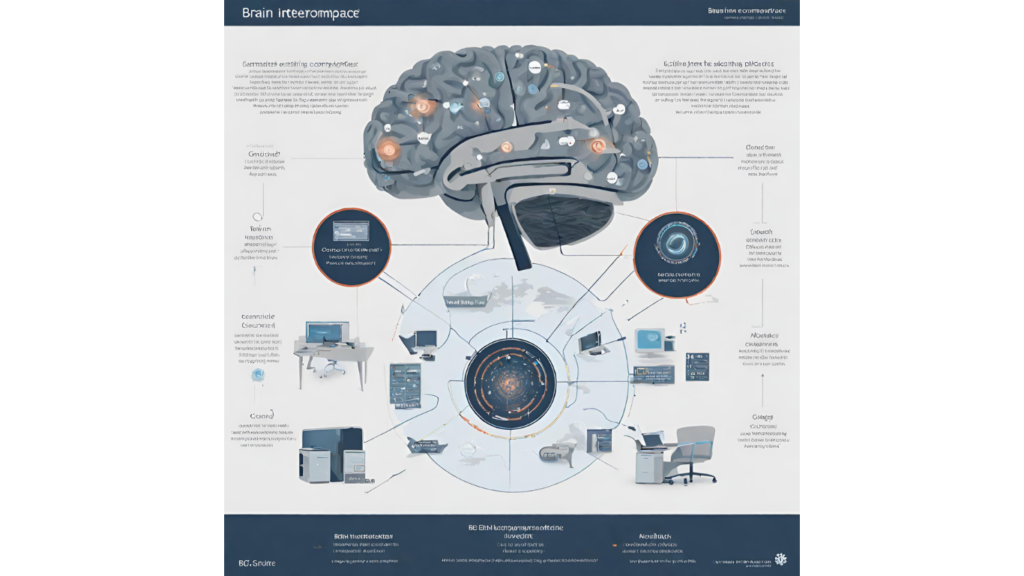
Brain-computer interfaces (BCIs) allow individuals to control external devices or interact with computer systems using their brain activity alone. These technologies have immense potential in various fields, including medicine, rehabilitation, and gaming. BCIs can enable paralyzed individuals to communicate, help stroke patients regain mobility, and provide new forms of entertainment and interaction.
Neuroplasticity and Rehabilitation
Recovery and Rewiring in Neuroscience
Neuroplasticity, a essential concept in neuroscience, refers to the mind’s potential within the subject of neuroscience to reorganize and rewire itself in response to adjustments inside the surroundings or revel in. This phenomenon performs a vital role in rehabilitation following brain injuries or neurological issues. Through focused remedy and physical games, people can stimulate neuroplasticity and sell healing with the aid of encouraging the brain to form new neural connections and relearn misplaced competencies.
Strategies for Brain Rehabilitation
Various rehabilitation strategies have been developed to harness the power of neuroplasticity and improve outcomes for individuals with brain injuries or neurological conditions. These include physical therapy to regain motor function, speech therapy to improve communication skills, and cognitive rehabilitation programs to enhance memory, attention, and problem-solving abilities.
Brain Training in Neuroscience
Brain training programs aim to improve cognitive abilities and enhance overall brain function through targeted exercises and activities. These programs typically focus on memory, attention, problem-solving, and other cognitive skills. While the effectiveness of brain training remains a topic of debate, emerging research suggests that certain types of cognitive training may have a positive impact on brain health and cognitive performance.
Ethical Considerations
Informed Consent in Neuroscience
Informed consent is a crucial ethical attention in neuroscience research and clinical practice in the field of neuroscience. Prior to collaborating in any neuroscience research examine or undergoing a scientific procedure, individuals ought to be completely informed approximately the risks, benefits, and capability effects. Informed consent guarantees that individuals could make independent selections concerning their health and well-being at the same time as protecting their rights as research topics or sufferers.
Brain Enhancement in Neuroscience
The ethical implications of brain enhancement technologies, such as cognitive enhancers or neurostimulation devices, are a topic of ongoing debate. While these technologies have the potential to boost cognitive performance or treat certain neurological conditions, questions arise regarding fairness, long-term consequences, and the potential for misuse or abuse. Striking a balance between innovation and ethical considerations remains a challenge in the field of neuroscience.
Privacy and Brain Data in Neuroscience
Advancements in brain imaging and recording technologies raise significant ethical concerns about the protection of individuals’ privacy and confidentiality. Brain data can reveal sensitive information about a person’s thoughts, emotions, and mental health, raising concerns about the potential misuse or unauthorized access to this data. Safeguarding privacy and ensuring responsible data handling protocols is crucial to maintaining public trust in neuroscience research and clinical practice.
The Future of Neuroscience
Neural Engineering
Neural engineering, a multidisciplinary field at the intersection of neuroscience, biology, and engineering, aims to merge these domains to develop innovative solutions for treating neurological disorders and enhancing brain function. Advances in this neuroscience-driven field could revolutionize the way we diagnose and treat various conditions, paving the way for personalized therapies and technologies that seamlessly integrate with the brain
Artificial Intelligence Integration
The integration of artificial intelligence (AI) and neuroscience holds immense promise for advancing our understanding of the brain. AI algorithms can analyze large datasets, identify patterns, and provide valuable insights into complex neurological disorders. Coupled with neuroimaging techniques, AI can help identify biomarkers, predict treatment outcomes, and guide personalized interventions.
Unlocking the Mysteries of Consciousness
Consciousness, often referred to as the “hard problem” in neuroscience, remains one of the greatest mysteries of the human experience. Ongoing research aims to unravel the neural correlates of consciousness and understand the mechanisms underlying subjective awareness. Advancements in neuroimaging, computational modeling, and theoretical frameworks may bring us closer to unlocking the enigmatic nature of consciousness.
In conclusion, the journey of neuroscience, from trepanation to the advancements in neurosurgery techniques, the treatment of brain tumors, neurological disorders, and the emerging field of brain-machine interfaces, has paved the way for significant breakthroughs in our understanding of the brain and its complex workings. As we continue to explore the frontiers of neuroscience, ethical considerations, neuroplasticity, and the integration of artificial intelligence hold the potential to shape the future of this remarkable field. With each new discovery, we move closer to unlocking the mysteries of the human brain and improving the lives of individuals affected by neurological conditions.


